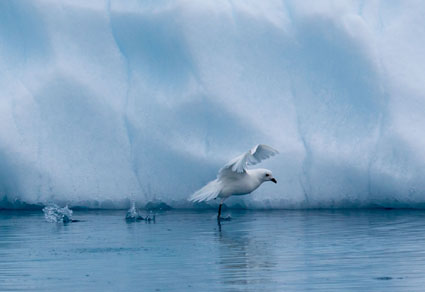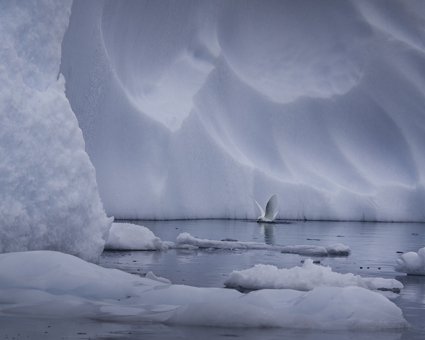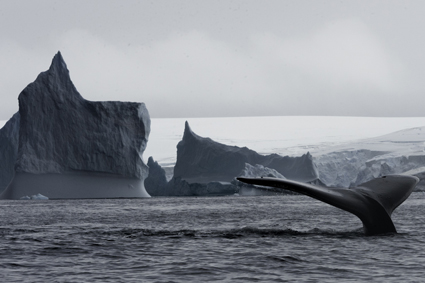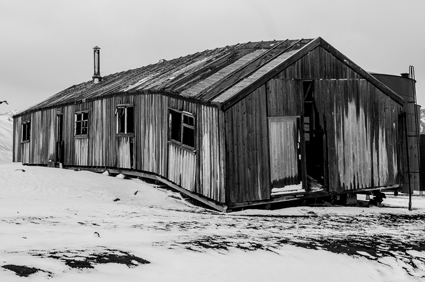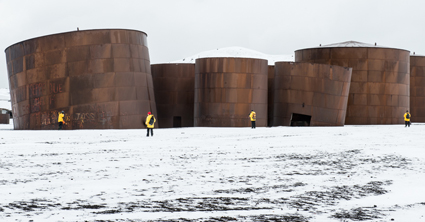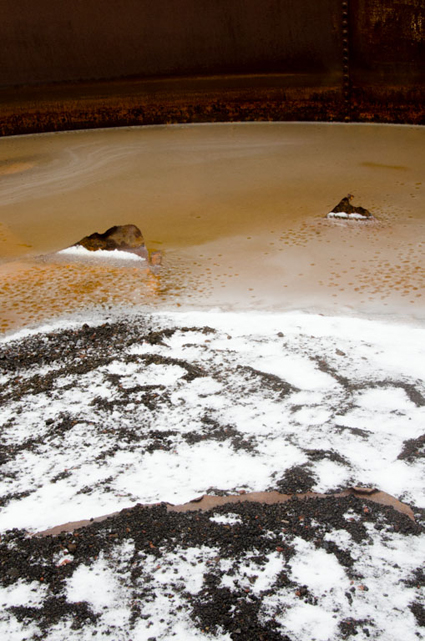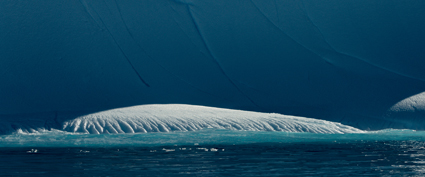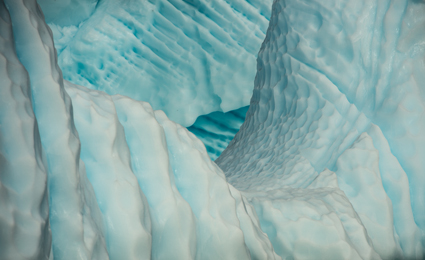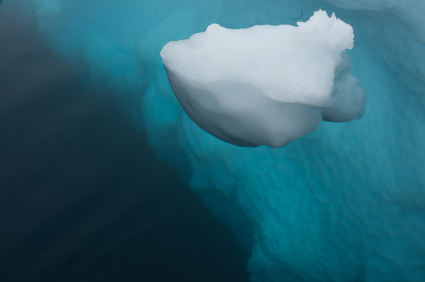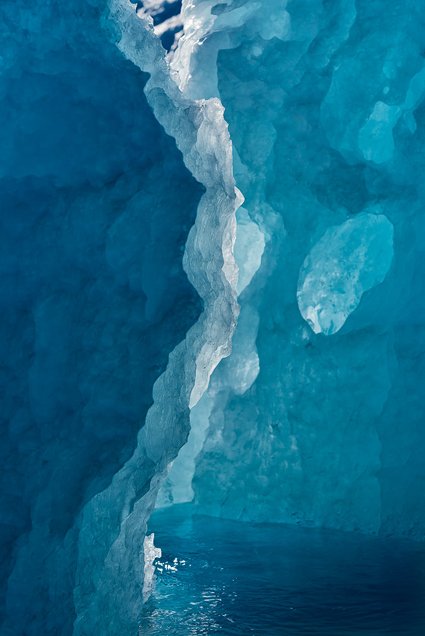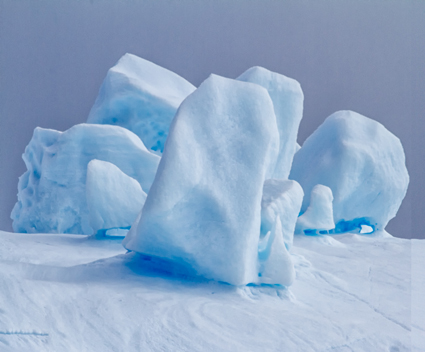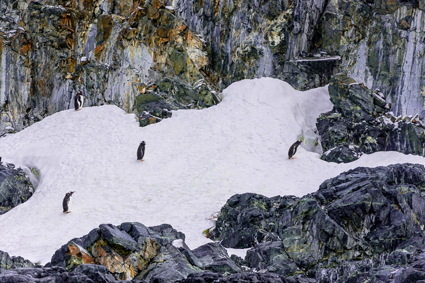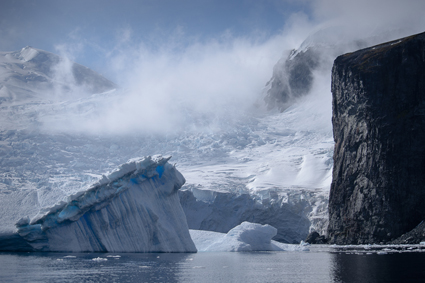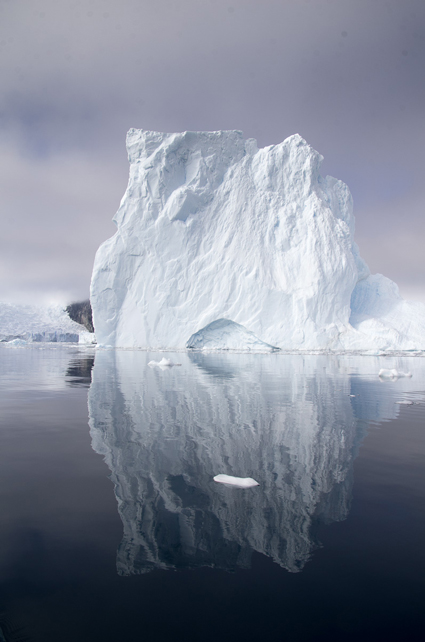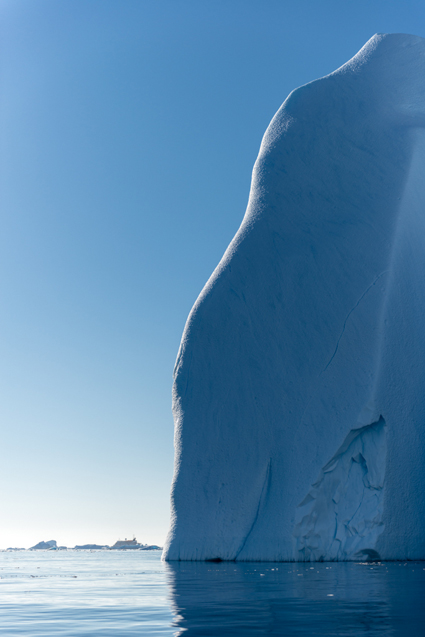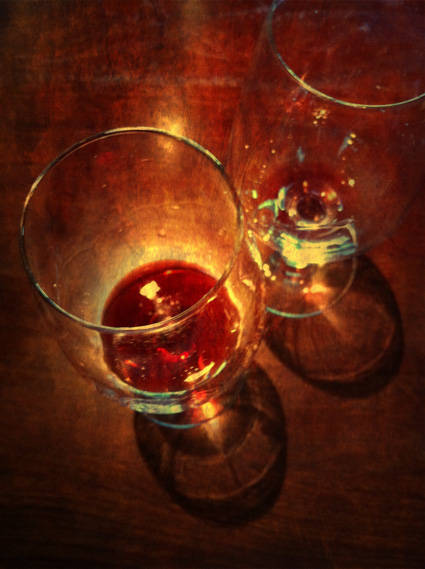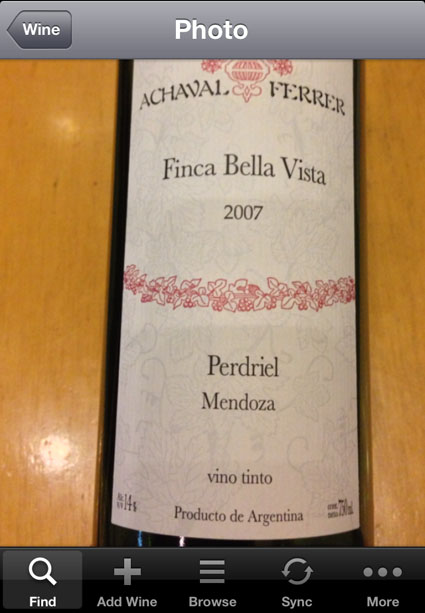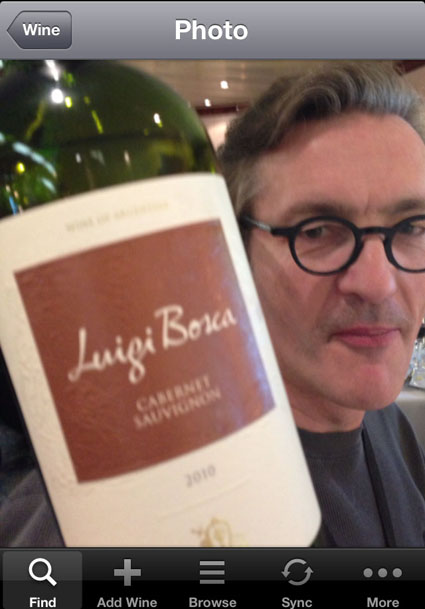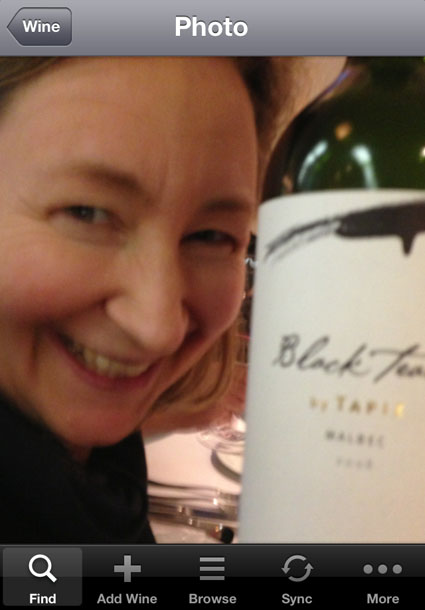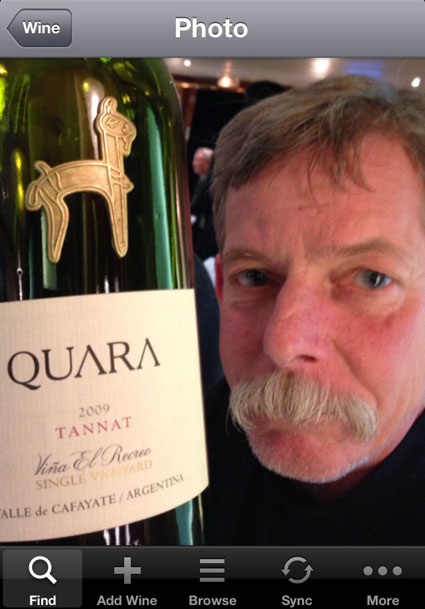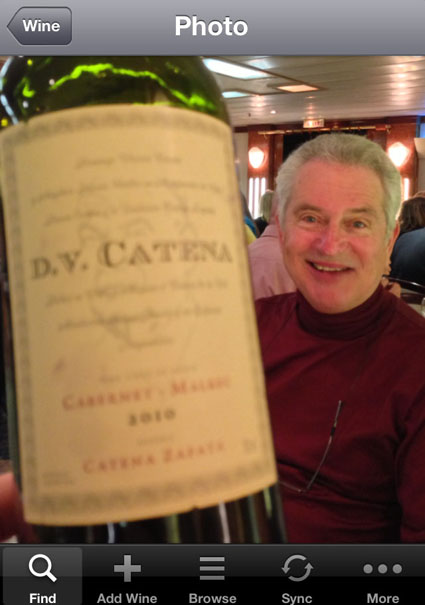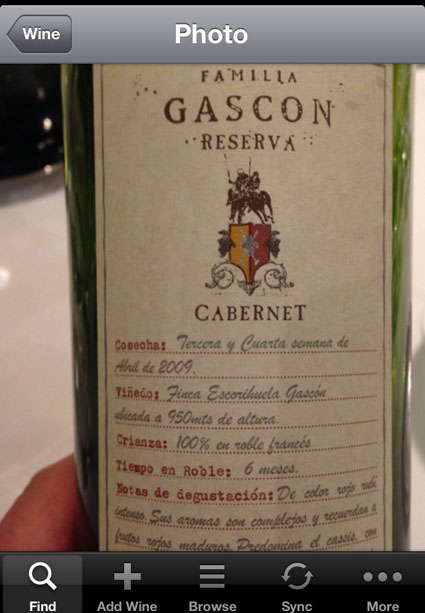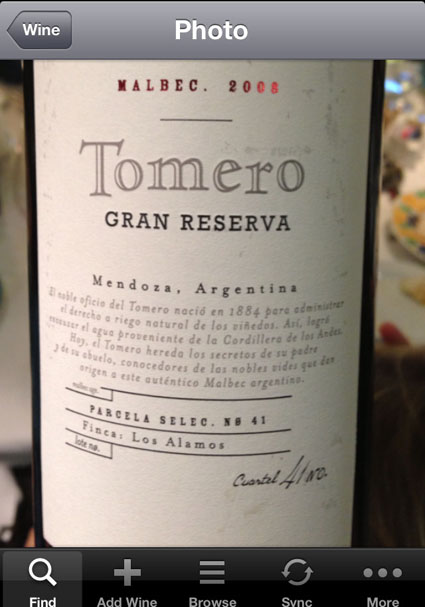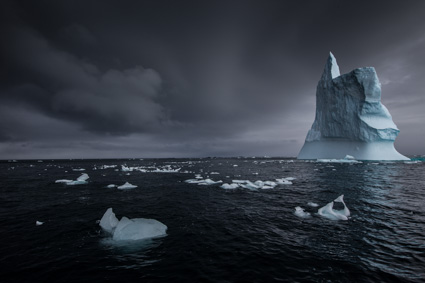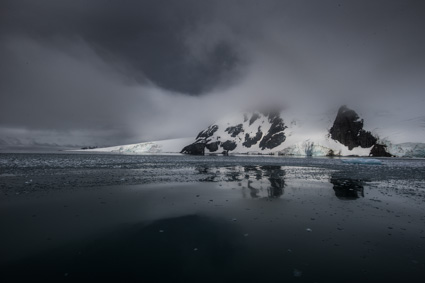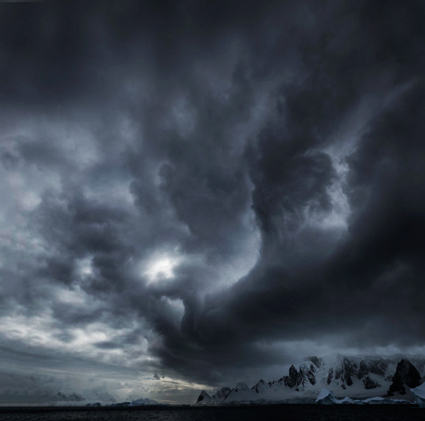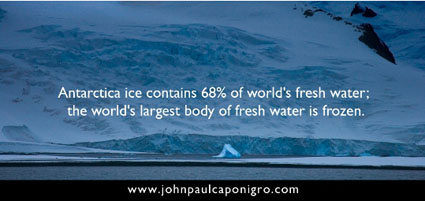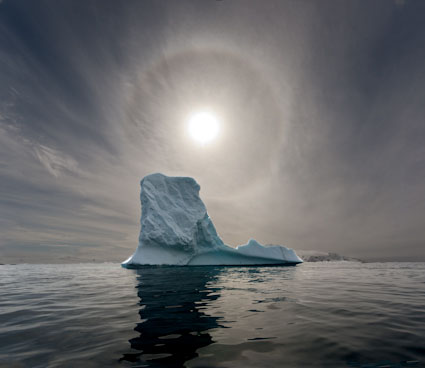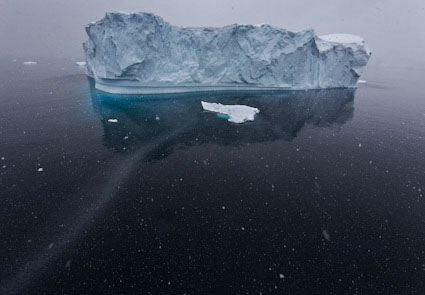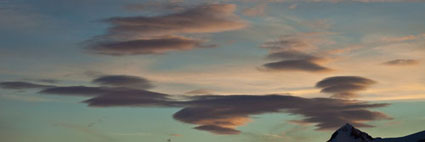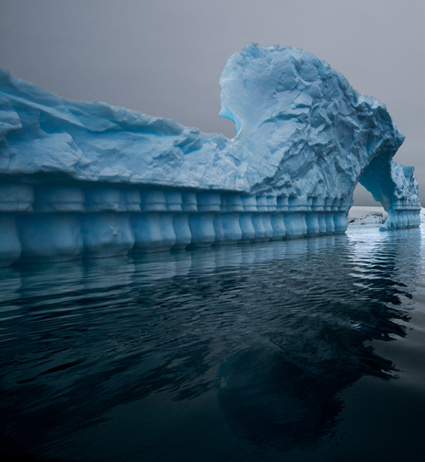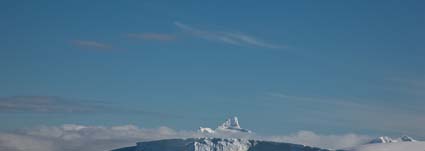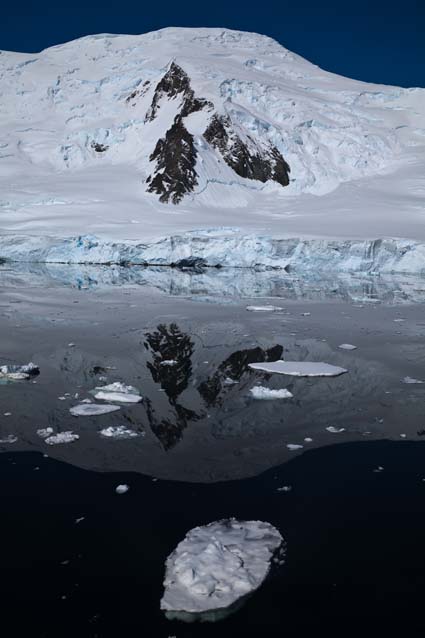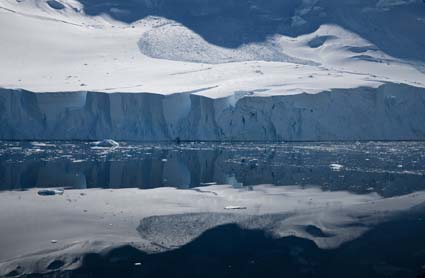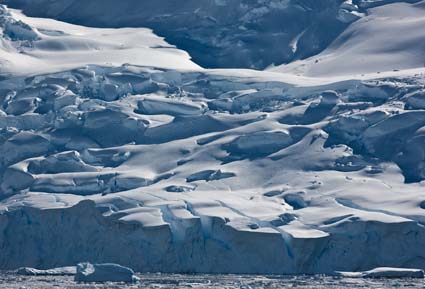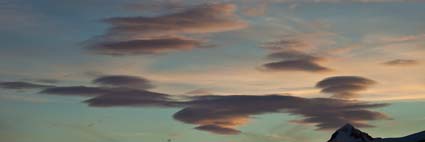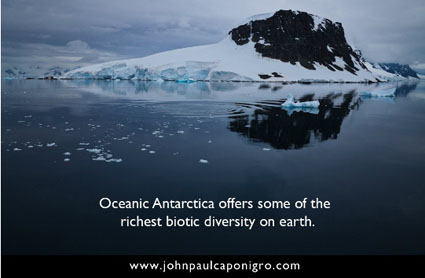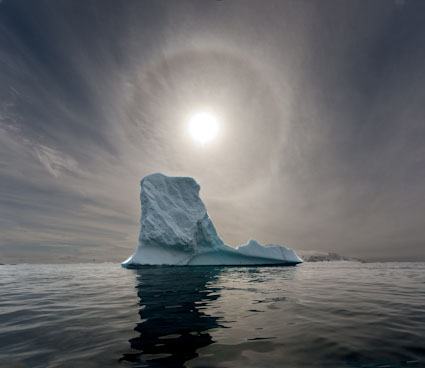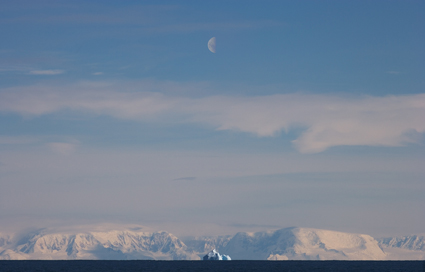
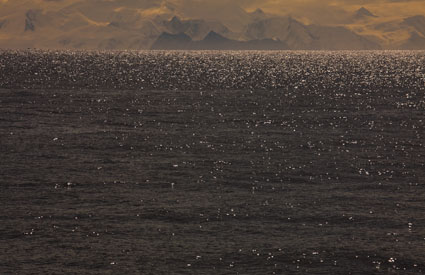
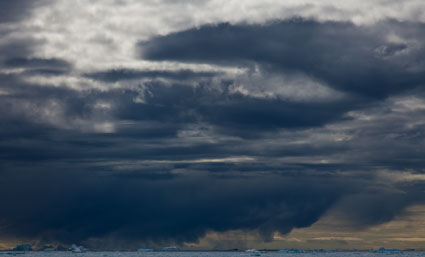
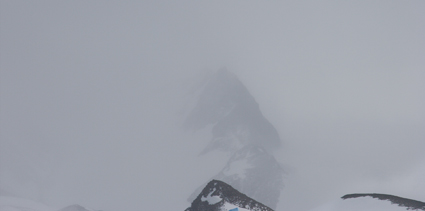
Every voyage I’ve made to Antarctica has revealed new dimensions in the subject – weather, light, seasonal changes, annual variations, and my growing understanding of the region have all contributed to this.
With so many wonderful places to go, why would you return to the same location more than once?
Let me count the ways.
1 You’ll see more of and learn more about a place.
Increase your understanding of the places you photograph and your photographs will become more interesting.
2 You’ll have an opportunity to get the images you missed.
Try making a shortlist of the shots you missed when you shoot. Even if you never return this activity will prompt you to be clearer about why you missed the shots and you can take steps towards remedying this in the future. If you do return, you’ll have the beginnings of a working plan that will greatly increase your productivity and success rate.
3 You’ll have an opportunity to refine the images you made.
You may have made images that barely made the cut but would shine if they were reframed or made with different equipment or in different conditions. For this reason, I recommend you review not only the images that worked on your previous trip(s) but also the ones that didn’t asking yourself why they didn’t and what you could do differently.
4 You’ll see new things as your vision matures.
Having first found the images that come to you more naturally, you’ll later find yourself challenged to look for other kinds of images, which will stimulate your creativity and increase your visual versatility.
5 You’ll see changes in the place.
Time reveals. Weather, time of day, seasons, and the accumulation of years change a place. They change us too. These changes can become a wellspring for many images.
6 You’ll learn more about yourself.
While it’s true that you can learn more about yourself when you experience new things, it’s equally true that you’ll learn more about yourself when you re-experience them. You’ll find that your relationship with a location will change over time, as you experience more and mature. You’ll see not only how a place has changed but also how you’ve changed – and how the place has contributed to your growth. These types of insights are harder to achieve in new locations. Because the perspective with which you look at thing is different, the types of things you learn are different.
7 You’ll get to spend more time in your favorite places.
Just as you can’t go everywhere, you can’t return to every place. Return to the places that call you. Passion kindles the fires within, which will be visible in your images. Passion energizes and recharges us. A large part of the reason we do the things we do is because we enjoy them.
Unfamiliar locations challenge you to see new things in new ways, familiar locations challenge you to see the same things in new ways.
Just because we see new things doesn’t mean we will see in new ways, in fact the times when we are grappling with so many new variables are often the times when we fall back on our habits. When we see the same things again we are forced to see in new ways and/or deepen the ways we see them.
Even with a lifetime of adventuring, you can’t see it all. Your question is do you want to see a lot or do you want to see deeply? You’ll want to strike a balance between the two, surveying the many opportunities before you and choosing to return to one or a few of the places that call you the most. Exactly what balance you strike at any given moment is up to you.
Learn more in my Storytelling resources.
Learn more in my creativity and digital photography workshops.
